Introduction
In the Arena Matchup series, we take a broad overview of the most powerful and most popular cards and combos each class runs in the Arena, and we discuss how and to what degree we should play around these cards. More importantly, we analyze the weaknesses of each class and outline a plan of attack to best bring down each opponent. The Mage class, represented by Jaina Proudmoore, was statistically the most popular and most dominant class before The Grand Tournament (TGT), but has since then fallen from her throne. Although Jaina may no longer be the strongest arena class, she still poses a serious threat in the Arena. We will discuss how we can take down this Arena powerhouse by fully exploiting the structural vulnerabilities of an Arena Mage.
ADWCTA’s 10-Point Checklist
- Always follow the Flamestrike Rule. Don’t overextend.
- Keep two meaningful minions on the board, if possible. Don’t overcommit.
- Trade outclassed minions two for one over using your last removal.
- If she begins to freeze or stall. . . don’t go for value, don’t add to the board, just use your removals.
- Force awkward Fireblasts to control the board.
- Test for secrets with an eye to tempo loss. Generally, not triggering the secret > blowing it up.
- Mirror Image is a card, don’t be afraid to use one to help remove it.
- Position un-targetable minions in the middle, for Cone of Cold.
- Spend liberally to remove Water Elementals if you have weapons.
- Kill Jaina.
For general Arena gameplay strategies, and explanations of the terms used (like “tempo”), check out my On Mastery of Arena series here.
Three Phases of Flamestrike
Let’s cut right to the chase: Flamestrike. It’s big. It’s loud. And sometimes, it hurts a lot. Even though TGT has diluted the card pool and reduced the odds of drafting Flamestrike, it remains Jaina’s signature card in the Arena. Flamestrike is the most complained-about card in the Arena, but its effects are really not all that devastating once we learn when and how to play around it. The biggest flaw with Flamestrike is that it can never help the Mage take back a board because we will always get a chance to set up the next turn. If the Mage starts with a board, she’ll still have it. If we start with a board, we’ll still have it. Now that doesn’t sound so scary, does it?
The “Flamestrike Rule”: Do not allow Jaina to remove with Flamestrike more than two of our minions, excluding those with 1 health. By turn 9, this rule extends to cover one use of the hero power as well. (If you’ve read my other articles and want to be extra savvy, you will also want to keep your total tempo loss from a Flamestrike under 7.)
Phase 1: Preparation.
So, how do we set up this board to prepare for the Flamestrike Rule? This is shockingly straightforward. If we have the board, we can trade our small minions into Jaina’s minions without hurting our minions with 5+ health. Instead of making “good” trades by using a higher health minion to attack a smaller minion, look to protect high health minions by trading smaller minions with Jaina’s minions one for one (or even two for one). We can even be greedy / sneaky and attack the face before her turn 6 instead of making trades. If Jaina is looking to Flamestrike on her turn 7, she won’t affirmatively trade into our minions anyway. If we are ever in danger of breaking the Flamestrike Rule, and cannot trade our minions (they may be frozen, or our opponent may have only stealth-ed minions), we should use our mana in other ways to avoid overcommitting to the board. If we don’t have the board before turn 7, assuming one for one trades would be available, we should prioritize playing smaller minions the turns before Flamestrike can hit, instead of playing larger minions or minions with deathrattle/divine shield. Again, rather than hoping to get “good” trades on the board, we’re comfortable with even trades. Our larger minions will get more value later. We never want to be in a position after Turn 7 with a hand full of Flamestrike bait. Make the Flamestrike in Jaina’s hand no more than an overpriced Multi-Shot.
Phase 2: Reclamation.
So we’ve been Flamestriked. It’s okay though, we were expecting it, so we’ve either made our trades ahead of time, or our opponent never had a board to begin with. In either case, Jaina’s board is empty. Congratulations! This is a great position to be in. It’s like the Flamestrike never happened. This is where most games against Mages are won. Set up the board again, and push the tempo. We should have the game in the bag at this point. Always remember the Flamestrike Rule though; she could still have a second Flamestrike.
Phase 3: Disregard.
Unfortunately, Flamestrike is not just a turn 7 card. If we keep playing around it, it will eventually ruin our tempo. This is why the Flamestrike Rule allows Flamestrike to remove two minions in the first place. We will know Jaina doesn’t have a Flamestrike as soon as she makes a suboptimal play where playing a Flamestrike would have gotten her a better deal. Always think to yourself: Would Flamestrike have been a better play there? When the answer is “yes, a much better play”, you will have your answer. Since we are not shy about giving her two cards for her Flamestrike, we shouldn’t have to play around it for too long before we know one way or another. But wait, you say. Couldn’t Jaina top-deck a Flamestrike? Sure, less than 5% of the time. Couldn’t Jaina be slow-playing the Flamestrike in hand? Sure, less than 5% of the time. Overall, these two things are not worth our consideration, and not worth the loss in mana. The only exception here is if we are very very ahead, by 3+ cards, and the only way the Mage can win is to Flamestrike after we overextend. In that case, don’t be stupid. Just win the game.
My Magic Will Tear You Apart
Rather than Flamestrike itself, what usually wins games for the Mage is tempo and reach. It’s easy to start from the end of the game, when Jaina kills you, and identify the Fireball/Pyroblast reach of 7/10 damage as a strong finisher. But, that would miss the big picture of how we got there in the first place. 20 health is a lot of health to lose. A Sorcerer’s Apprentice has to attack us to the face 7 times to get that much damage. So, what went wrong?
Fireball, Flame Lance and Polymorph. What went wrong is usually our choice of minion play order and the tempo swing that results. While most classes had their removal options reduced because of card dilution, mages gained another large removal in TGT with Flame Lance. Because the Mage is the only class with two unconditional large removals and an unconditional hard removal in its set of common class cards, we can expect our large minions to be removed at any time the board looks unfavorable to Jaina. So, don’t overcommit! In the same way we do not overextend into a Flamestrike, we will not overcommit to the board by dropping our most intimidating minions first. As with Flamestrike, the magic number against Jaina is 2 minions. Suppose in an empty board situation on turn 6, we could play either a Boulderfist Ogre or a Chillwind Yeti + Bloodfen Raptor. Unless we’ve already baited out the first Fireball, we should play the Chillwind Yeti + Bloodfen Raptor. Both plays follow the Flamestrike Rule, and both exert identical tempo pressure on the board, but the second play doesn’t overcommit on a single minion. Unlike Shamans, Hunters, Druids, and Warriors, the Mage has no way to efficiently punish us for dropping two minions. The Chillwind Yeti and Bloodfen Raptor will exert enough pressure on the board for us to keep the board, while not being as susceptible to the Jaina’s powerful removal spells. More importantly, unless she has a good answer to the Chillwind Yeti, it is a perfectly valid target for her to burn a Fireball on, which baits out the Fireball so our Boulderfist Ogre is a safer play on a later turn. By spreading out our board to two minions, we control the board without overcommitting to a single minion.
Cone of Cold, Frost Nova, Blizzard, and Mirror Image. The other way Mages sneak in damage is with stall cards. These cards are generally both anti-tempo and anti-card advantage, using either a large amount of mana for a small effect (Cone of Cold), or a small amount of mana for a completely negligible effect (Mirror Image). Well, if these cards don’t provide tempo and they don’t provide card advantage, then what do they do? First, they allow Jaina to get in face damage. By freezing / stalling our minions, Jaina’s minions can hit us to the face and deal damage. Second, they allow Jaina to slow our tempo the next turn. If we already have 2-3 minions on the board, the last thing we want to do is commit harder to the board. So what solves both of these issues? Removals! Hero power! Large taunt minions! Secrets! Whatever you do, don’t just drop another minion. Aggressively find ways to improve the board without breaking the Flamestrike Rule. A stall card used is one less card, so we’re already up on card advantage in the deal. It’s 100% okay to give a card back to Jaina if necessary to avoid being put into the low life danger zone. You can see why between the Flamestrike Rule and the possibility of stall spells, we should trade outclassed minions with Jaina instead of using our last removal, even if such trades are inefficient. Moreso than any other class, the Mage has ways to punish overextension on the board, so keep that board tight!
A Board on Fire
In addition to the Mage’s powerful class cards, her hero power, Fireblast, ensures that we can rarely gain card advantage on the board. It is widely considered the best hero power in the Arena.
Example: Let’s say we drop an Ironfur Grizzly on the board to Jaina’s River Crocolisk. Typically, we would expect our Ironfur Grizzly to win out, barring some type of buff to the River Crocolisk. But, Jaina’s hero power makes this an even trade on the board. That may seem rather unfair, but there *is* a cost to using the hero power: 2 mana’s worth of tempo. Because the Mage loses tempo every time she uses her hero power, a Mage that pings every turn will inevitably lose the board. For every trade “down” we make on the board, we will gain tempo (instead of card advantage). And, we can always trade “up” to gain even more tempo. Of course, trades where our minion has 2+ health remaining are still positive card advantage.
Knowing the above, we can use Jaina’s anti-tempo tendencies against her to gain and keep the board. Fireblast is an awkward play during certain turns. While its value is always high, it can cause the Mage to unwittingly surrender the board. Whenever possible in the early game, force Jaina to choose between improving the board or getting value out of her hero power. I call this “forcing the ping”. The easiest example is Jaina’s turn 3. If we leave a body with only one health on the board for Jaina to Fireblast on her turn 3, we put her in an extremely awkward situation. If she takes the bait, she’ll have passed her turn (3 mana) to remove our tiny insignificant minion, which means we will have the board. If she doesn’t take the bait, her next minion dropped is effectively at a lower health since we’ll simply trade in our damaged minion the next turn. It’s lose-lose. The same principle applies in other parts of the first 5 turns. Forcing a ping on Jaina’s turns 4/5 causes Jaina to not be able to play anything higher than a 3-mana minion, which means we can continue to get positive trades on the board for even more tempo. This works even better if we know the Mage likely does not have a card. For example, if Jaina plays a 2-drop on turn 2 and another 2-drop on turn 3, we can force a ping on turns 4/5 knowing she probably doesn’t have another 2-drop, and almost certainly doesn’t have a 3-drop, so she loses even more tempo by using her hero power. These breakpoints in Jaina’s early game allow us to play our early game without fear of the Fireblast. Once we control the board, we can continue gaining relative tempo through trades and force the Mage to use her hero power instead of burning our valuable removals and tempo cards (and risk over-tempo-ing). Instead of thinking “oh, she’ll just remove my minion the next turn with hero power”, think “oh, I just gained a free Innervate card”.
Although it’s tempting to use a removal instead of leaving one of our minions at one health, we’ll take the tempo and be happy with it. Never over-tempo from your hand against Jaina. The board changes frequently in the Arena, so it’s vital that we save our removals to protect against Flamestrike or stall plays, instead of burning them to over-tempo when we can trade minions instead. Battles with Jaina often play out like a dance in the early game, so make sure you’re the one setting the tempo.
Jaina’s Secret
Finally, the Mage has the most annoying secrets in the Arena game. We must be very careful with our turn planning to play around all the possibilities that we can. Below are three maxims for how to play around the Mage’s secrets.
Maxim #1: Use free tests.
The first thing we do is test for things that don’t hurt our tempo. We can usually get a free test or two by attacking to the face with a small minion who would otherwise have done so anyway (Vaporize and Ice Barrier), or making a good trade on a minor minion (Duplicate and Effigy). These things don’t hurt our tempo, and they could save us a lot of guesswork if they trigger. We can then follow these tests up by dropping a small minion to test for the Mirror Entity to the extent that we can still use our mana efficiently that turn. Always remember the Flamestrike Rule, and make trades accordingly.
Maxim #2: Avoid extreme value.
This is kind of the equivalent of saying “don’t be stupid”, but there you have it. Don’t be stupid. Don’t drop a Boulderfist Ogre into a Mirror Entity; don’t play a Flamestrike into a Counterspell; don’t kill that Bomb Lobber first for Duplicate. At some point, we’ll have tested for that particular secret, and *then* we can play our big card in peace. I try my best not to give the 3-mana secret more than 4-mana’s worth of value. Top-deck situations excepted.
Maxim #3: Let it lie.
The longer we can avoid triggering a secret, the less value it has, since Jaina already spent her 3 mana’s worth of tempo. There’s a time-value to mana, so it’s best to just let sleeping secrets lie. Often, triggering the secret is inevitable. For example, we’d usually be hard-pressed to be able to improve the board without dropping minions into Mirror Entity. But, with secrets like Vaporize, Duplicate, Effigy, and Counterspell, we can often play around them for a couple of turns without sacrificing much tempo. If we have good trades on the board (for non-key minions), make the trade; if Jaina only has one amazing minion on the board, attack to the face (she’ll drop other minions later). Oftentimes, we’ll end up testing for things only to figure out it’s probably a Counterspell. Avoid your instinct to trigger it! Unless we really need to pop that secret to set up a better spell later, just let it lie there gathering dust while we gather more tempo.
About the Author
ADWCTA enjoys long runs in the Arena, yelling Lok’tar Ogar! in public places, and thinking deep thoughts about Hearthstone’s game design. He started playing Hearthstone in open beta and has been a top-level Arena player since launch. He averages 8.0+ wins/run with his top 6 classes. He is also a Legend-level Ranked player, but thinks that’s way less awesome than his Arena record.
ADWCTA produces all of his Hearthstone Arena content with fellow infinite Arena player Merps, and together they developed the most-consulted Arena Tier List for all your Arena needs.
ADWCTA & Merps also live stream the “Lightforge” podcast (available on all podcast platforms) with deep discussions about the Arena meta and gameplay techniques, as well as the “Arena Coop” gameplay series, providing in-depth commentary on every pick and play to give the stream a coaching vibe. ADWCTA thinks listening to the Lightforge and watching the Arena Coop is the very best way to improve your game. He may be wrong, but why you take that risk? Check out both series on YouTube, and follow live on Twitch.




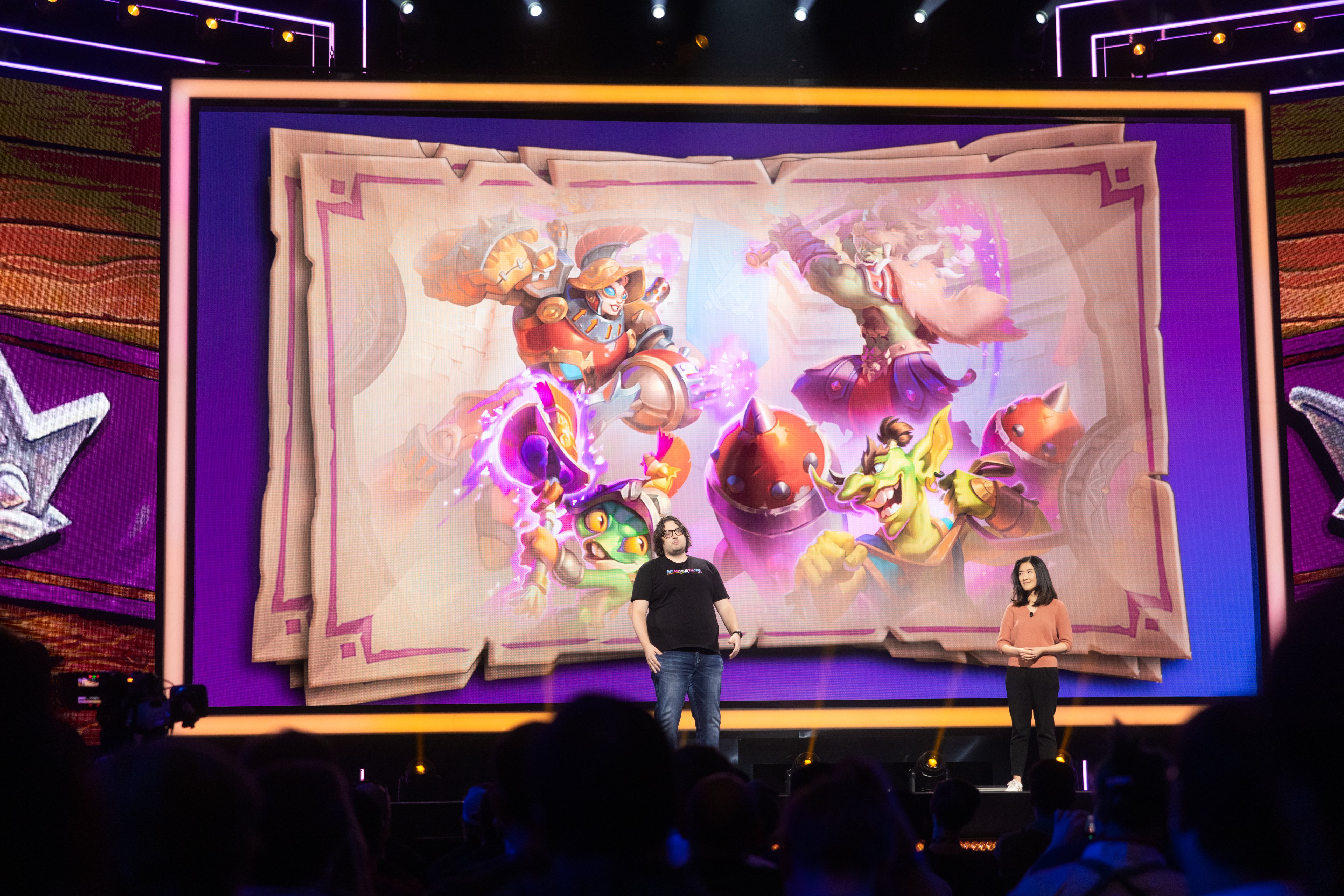
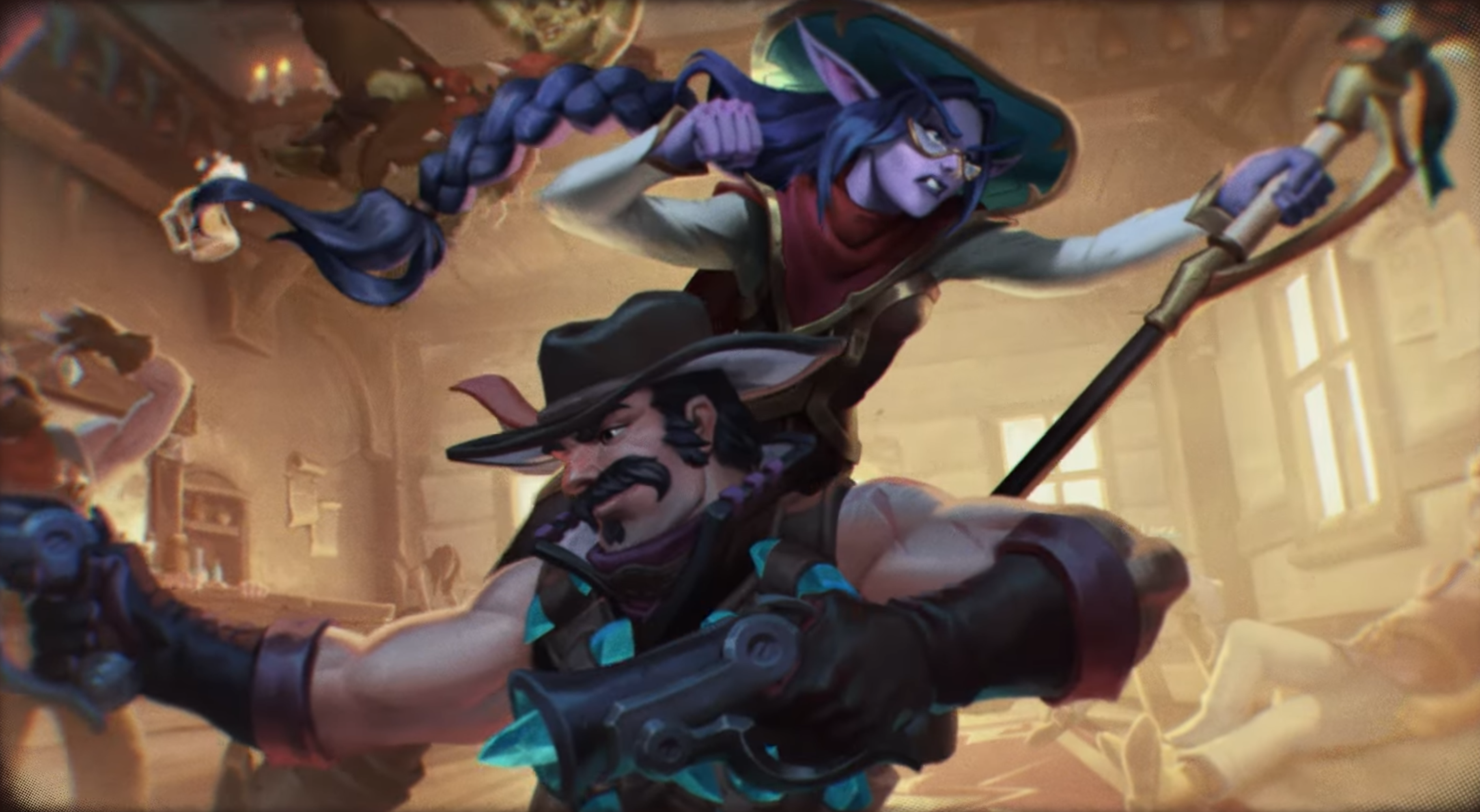
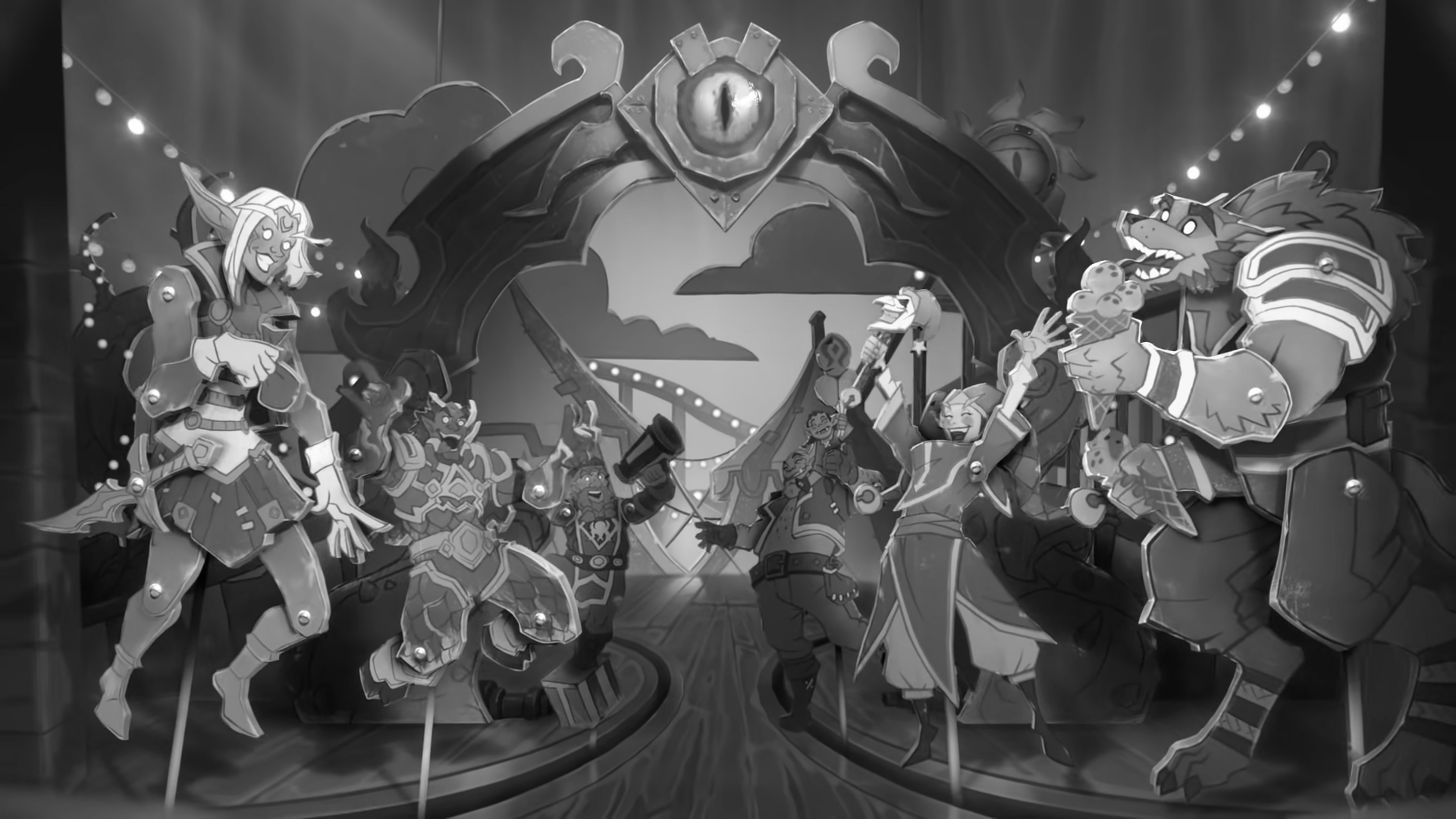
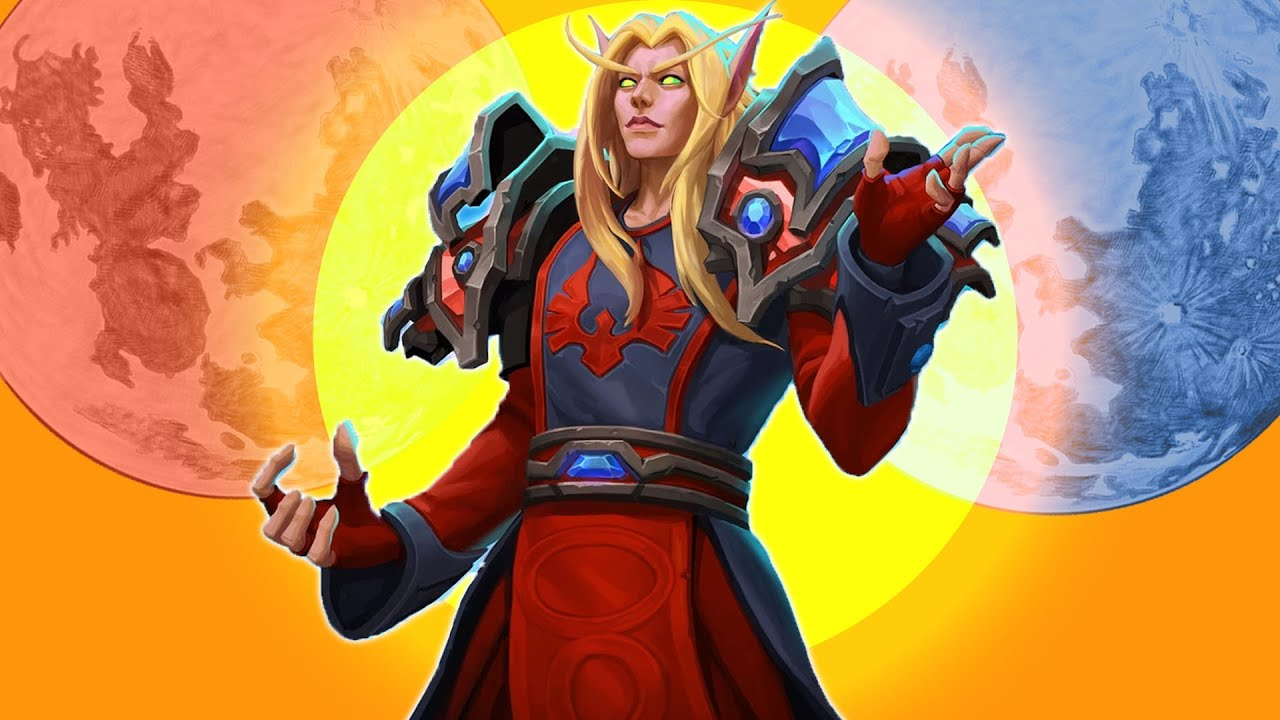
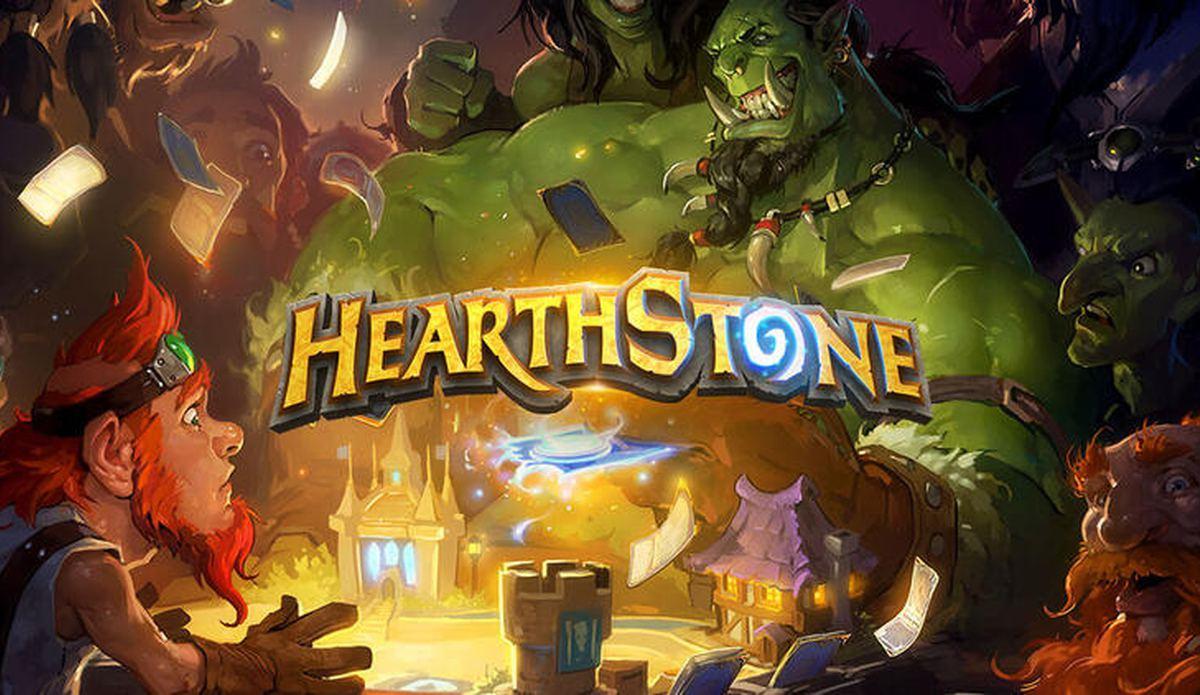

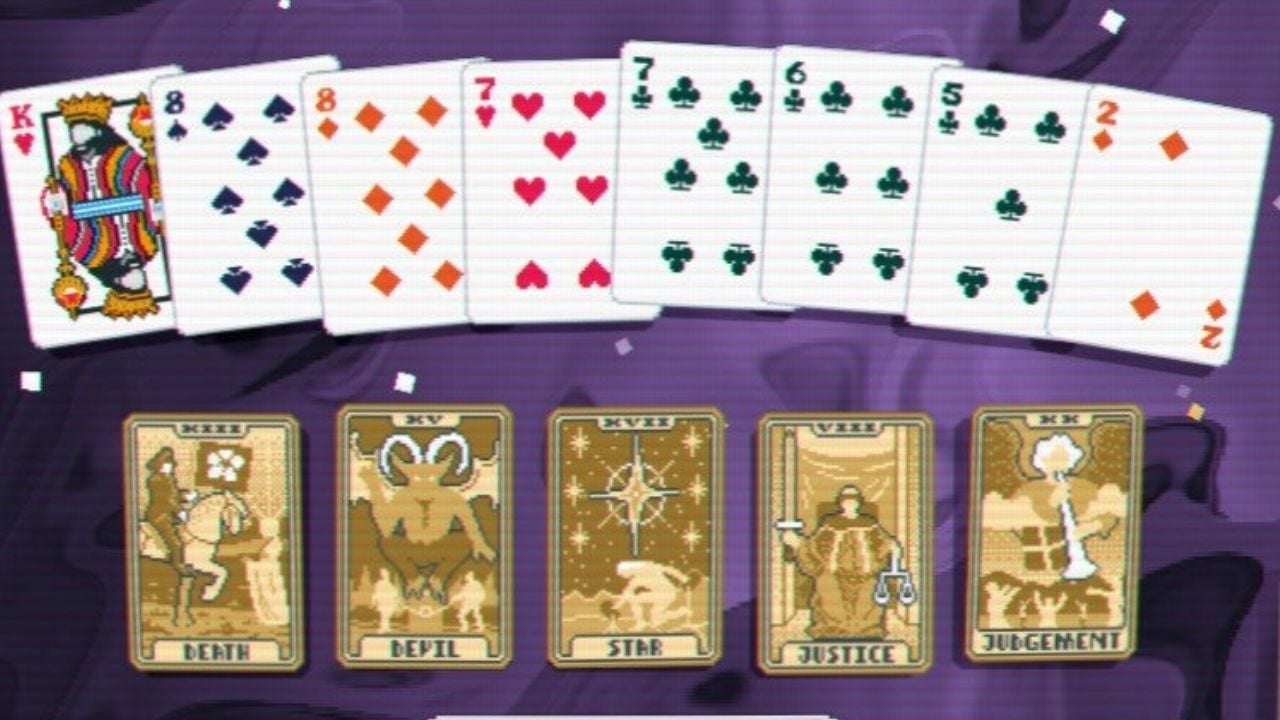
Published: Sep 30, 2015 08:01 am